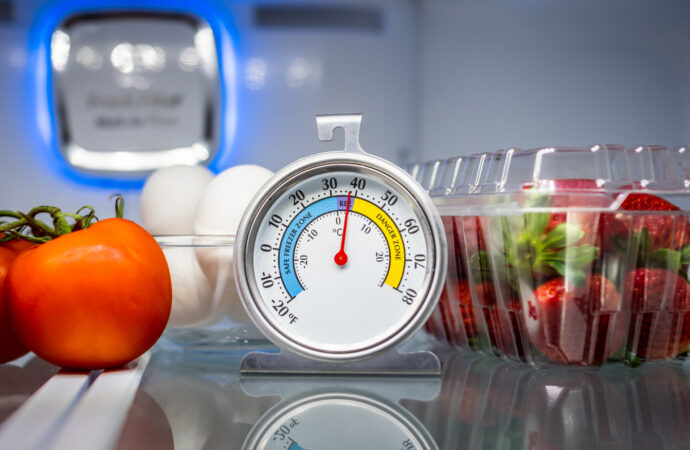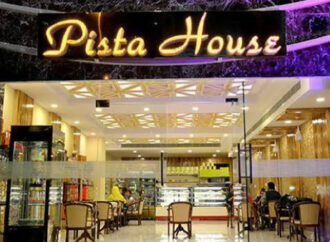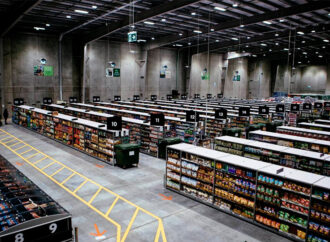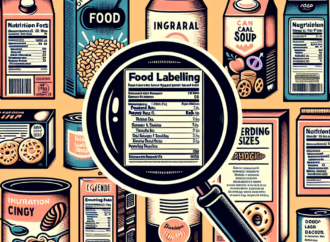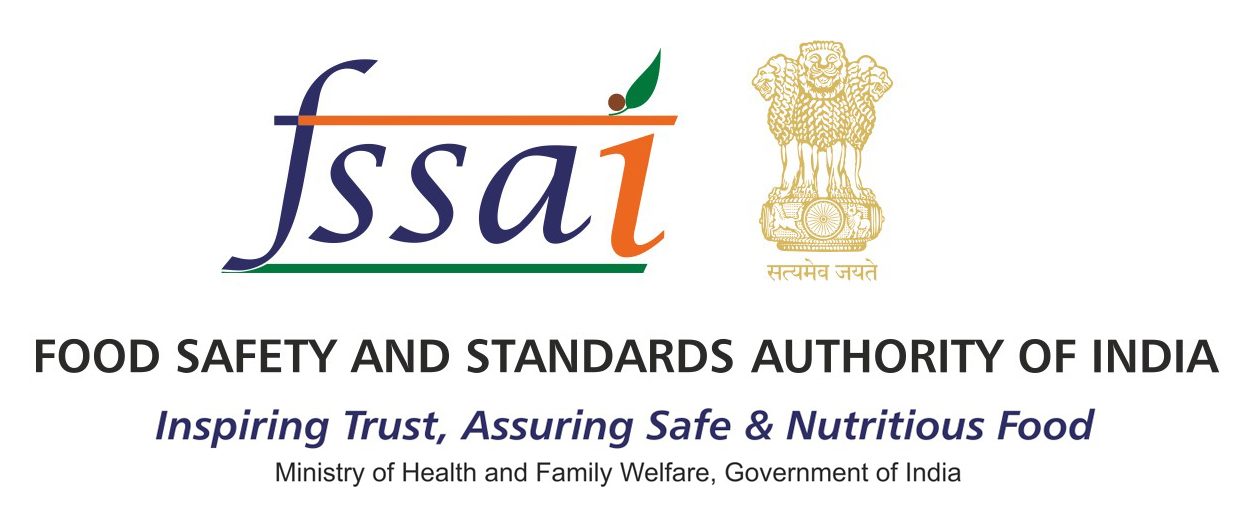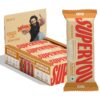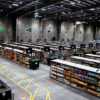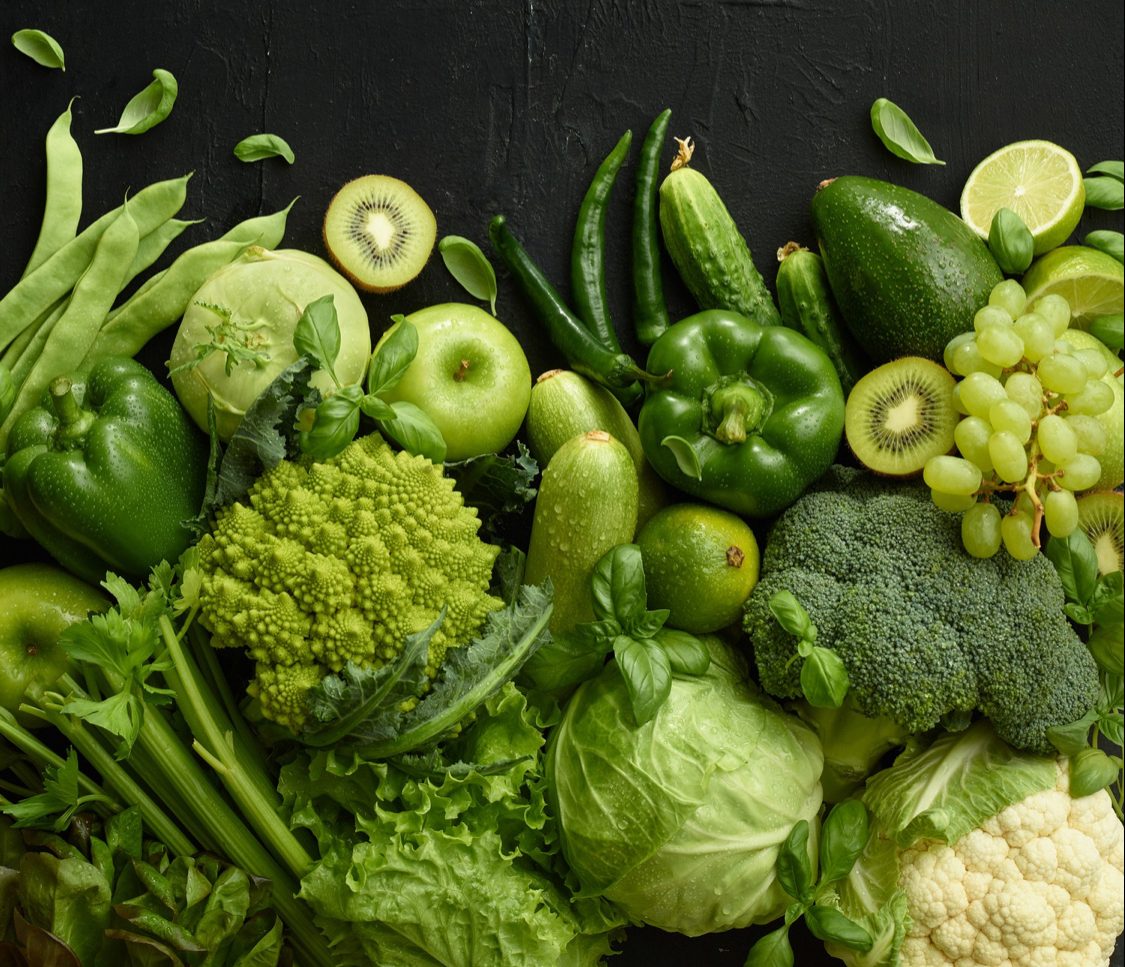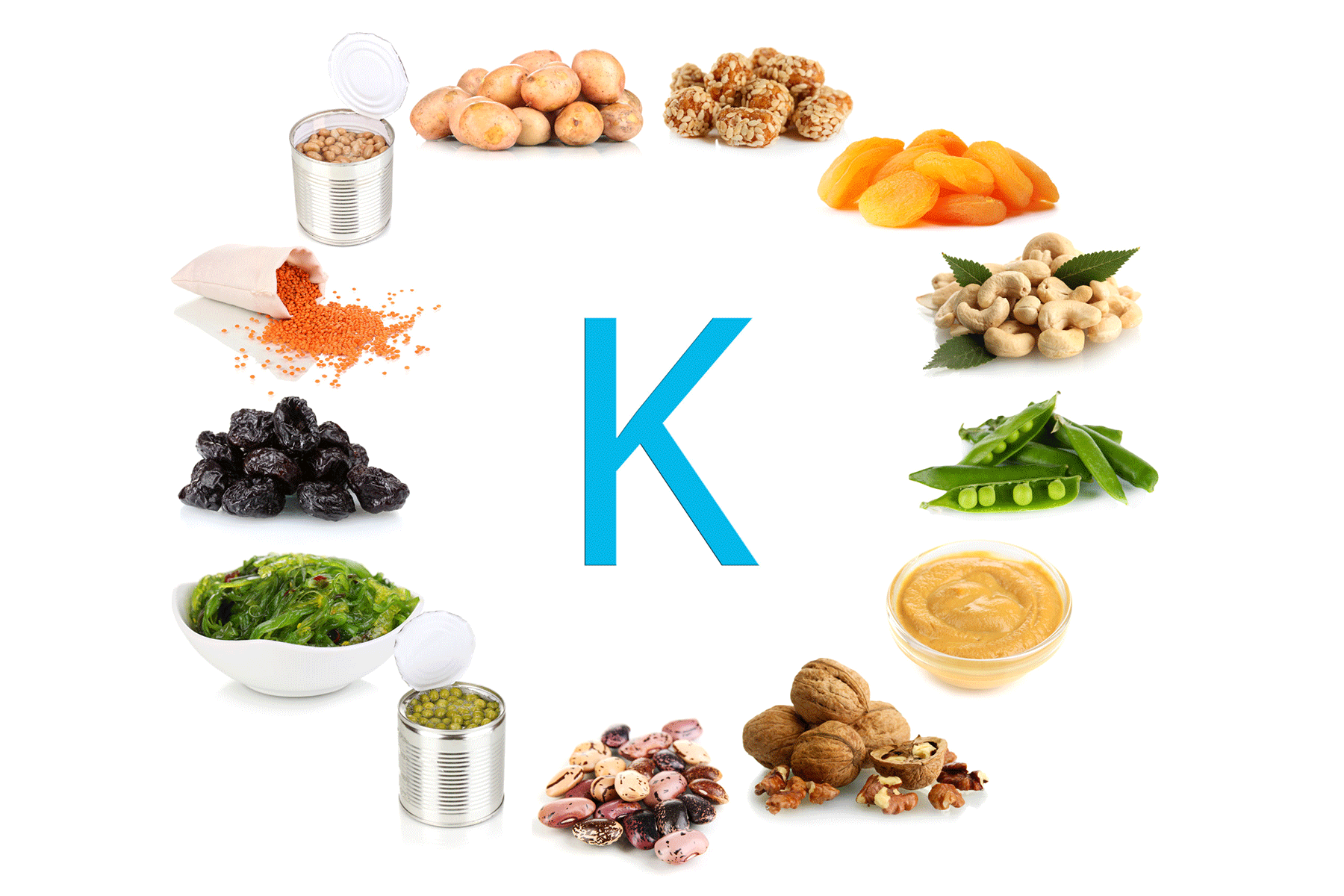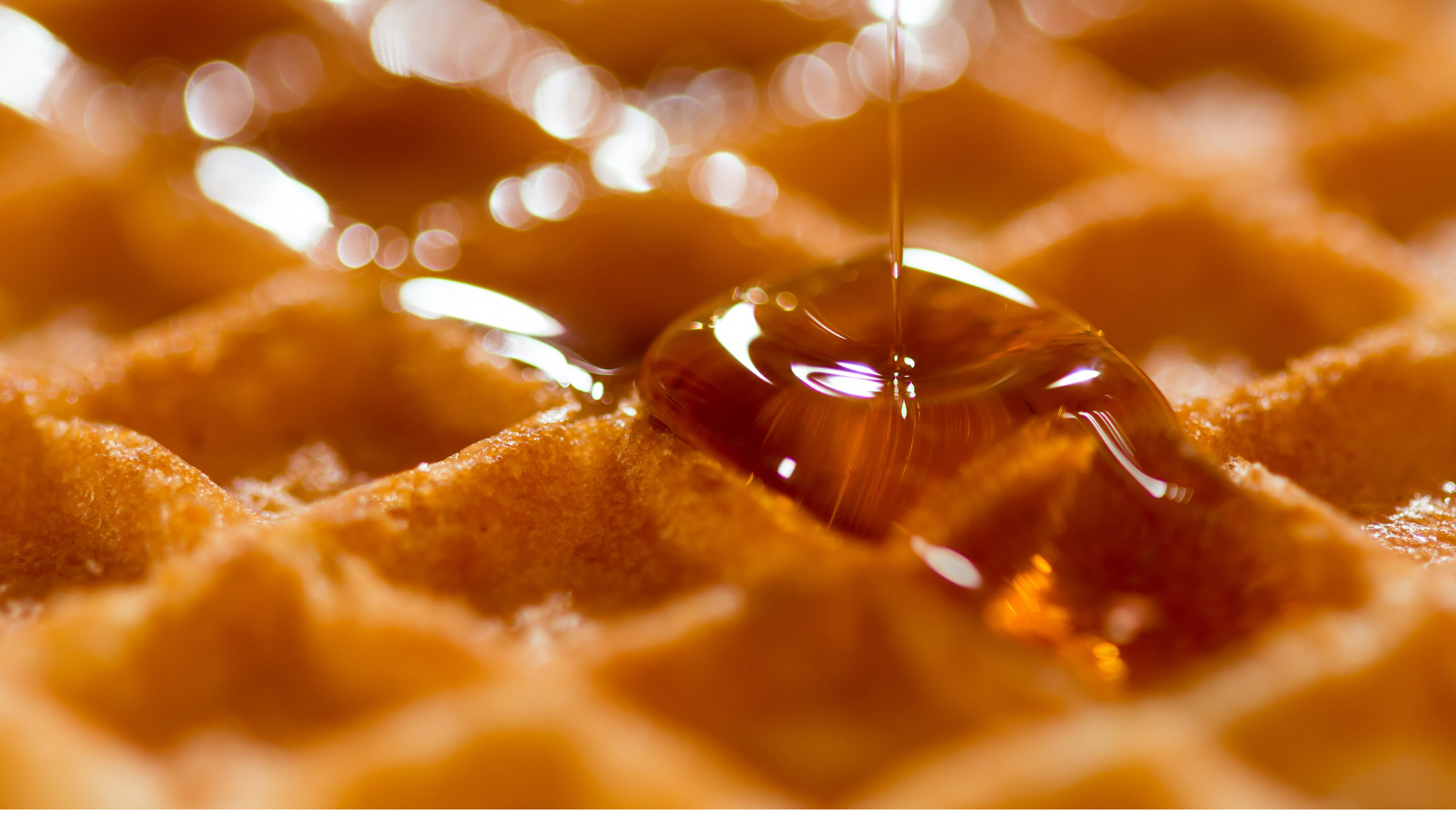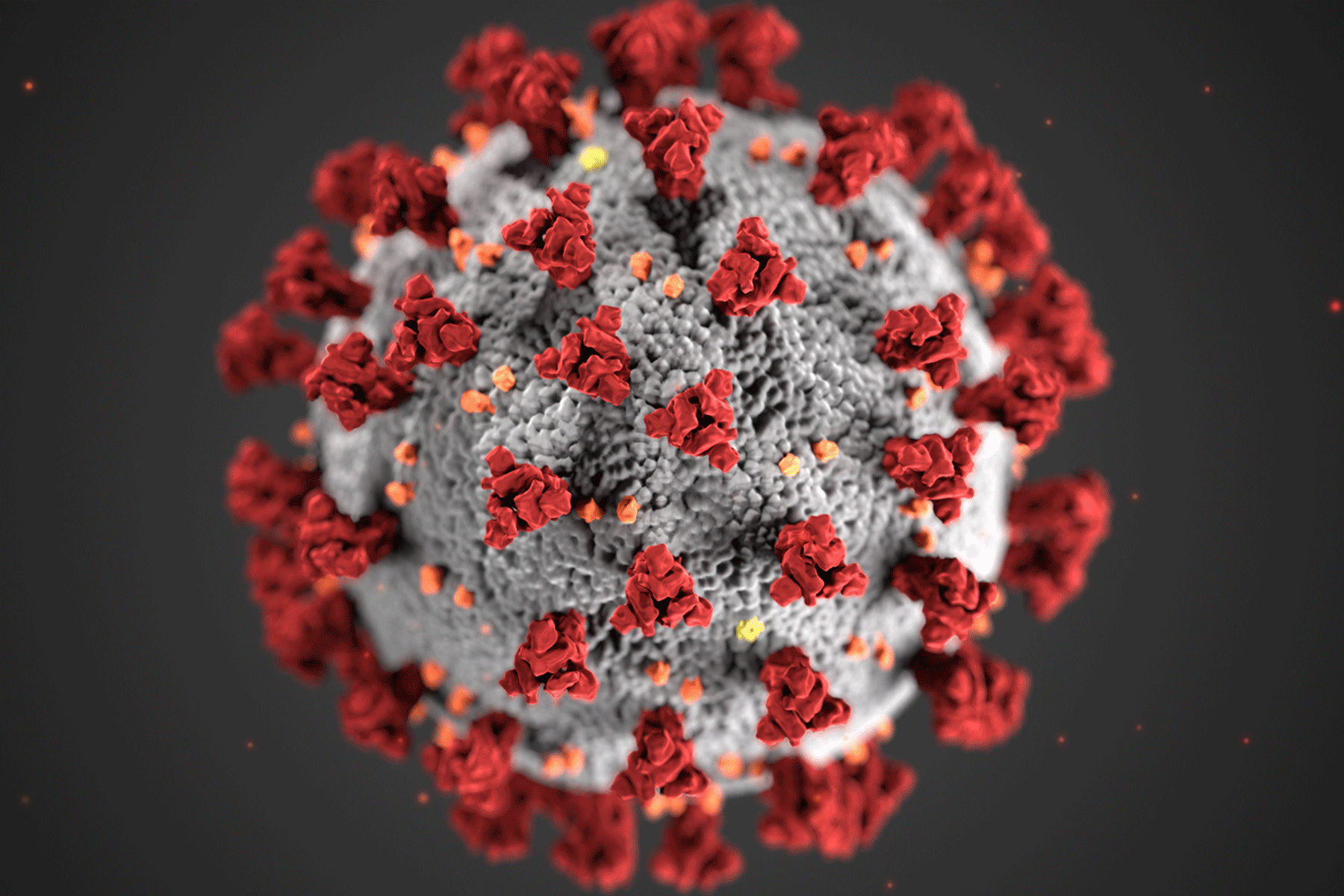Ever wondered why milk spoils quickly when left out or why meat must be kept in the freezer? It all comes down to temperature. The way we store food—especially the temperature we keep it at—plays a crucial role in food safety, quality, and shelf life. Harmful bacteria thrive at certain temperatures, making food unsafe to eat even if it looks and smells fine. Whether you’re at home or managing a food business, understanding temperature control helps prevent spoilage, reduce waste, and keep food safe from farm to fork.
Temperature and Bacterial Growth: The Invisible Connection
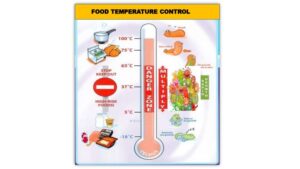
One of the biggest reasons temperature matters in food storage is its direct impact on bacterial growth. Bacteria love warmth. Most harmful bacteria that cause foodborne illnesses multiply rapidly between 5°C and 60°C. This range is commonly known as the “Danger Zone.” When food stays in this zone too long, bacteria can reach dangerous levels—even if the food appears perfectly normal.
Cold storage slows this growth. When you keep food below 5°C, bacterial activity decreases sharply. Freezing food at -18°C or lower almost halts bacterial growth altogether. On the flip side, cooking food to temperatures above 60°C destroys most harmful bacteria. That’s why food safety experts often say: keep hot food hot and cold food cold. It’s not just a rule—it’s a necessity.
Right Temperatures Preserve Taste and Texture
Keeping food at the right temperature doesn’t just protect your health—it also helps preserve taste, texture, and freshness. When you store food incorrectly, you risk losing its natural appeal. Fruits and vegetables may wilt, meat can become dry, and dairy might turn rubbery or sour.
Take leafy greens, for instance. They wilt and become unappetizing if left at room temperature. Ice cream, on the other hand, melts and refreezes into icy crystals if the freezer temperature fluctuates. By maintaining steady temperatures, you preserve not just safety, but also the food’s quality.
Temperature Control Reduces Food Waste
Spoiled food ends up in the bin, contributing to food waste and financial loss. When perishables aren’t stored properly, they deteriorate faster, leading to more waste. But by keeping items at their recommended temperatures, you can extend their shelf life and enjoy them longer.
This matters both at home and in commercial settings. Restaurants, retailers, and food manufacturers rely on cold storage to keep ingredients fresh and reduce spoilage. Even small improvements in temperature control can prevent large amounts of food from being wasted.
Businesses Must Follow Food Safety Laws
For food businesses, temperature control isn’t optional—it’s a legal requirement. In India, the Food Safety and Standards Authority of India (FSSAI) requires strict temperature monitoring for storage and transportation of perishable foods.
Dairy, meat, seafood, and ready-to-eat items must stay in the cold chain from production to plate. If a restaurant or grocery store fails to maintain the right temperatures, it risks not only spoiling food but also facing penalties and customer complaints. That’s why most food businesses invest in proper refrigeration systems and regular temperature checks.
Every Food Has Its Ideal Zone
Not all foods are stored the same way. Understanding the right temperatures for different items helps you organise your fridge, freezer, and pantry better. Here are some general guidelines:
- Dairy and Meat: 0–4°C (refrigerator)
- Frozen Foods: –18°C or below
- Dry Goods (grains, flours, snacks): Cool, dry places (10–21°C)
- Cooked/Hot-served Foods: Above 60°C to stay safe for serving
These temperature zones ensure each type of food stays fresh and safe for longer periods. Mixing items without temperature awareness can lead to quicker spoilage or even contamination.
Quick Tips for Safe Food Storage
Managing food storage effectively doesn’t have to be complicated. Here are a few simple tips you can follow:
- Use a thermometer: Always check your fridge and freezer temperatures. Don’t rely on guesswork.
- Avoid overcrowding: Cold air needs to circulate. An overstuffed fridge may not cool food evenly.
- Store leftovers promptly: Refrigerate or freeze within two hours of cooking (or one hour if the room is very hot).
- Practice FIFO (First In, First Out): Use older items before newer ones to avoid wastage.
- Keep hot food hot: If you’re serving a buffet or meal, use warmers to keep food above 60°C.
Final Thoughts
Temperature is one of the most important factors in food safety. From preventing bacterial growth to reducing waste and maintaining food quality, getting storage temperatures right makes a big difference. Whether you’re storing snacks at home or running a commercial kitchen, remember: food safety starts with the right degree. Take those few extra steps to monitor and manage temperatures—your health and your taste buds will thank you.
 Food Manifest
Food Manifest 